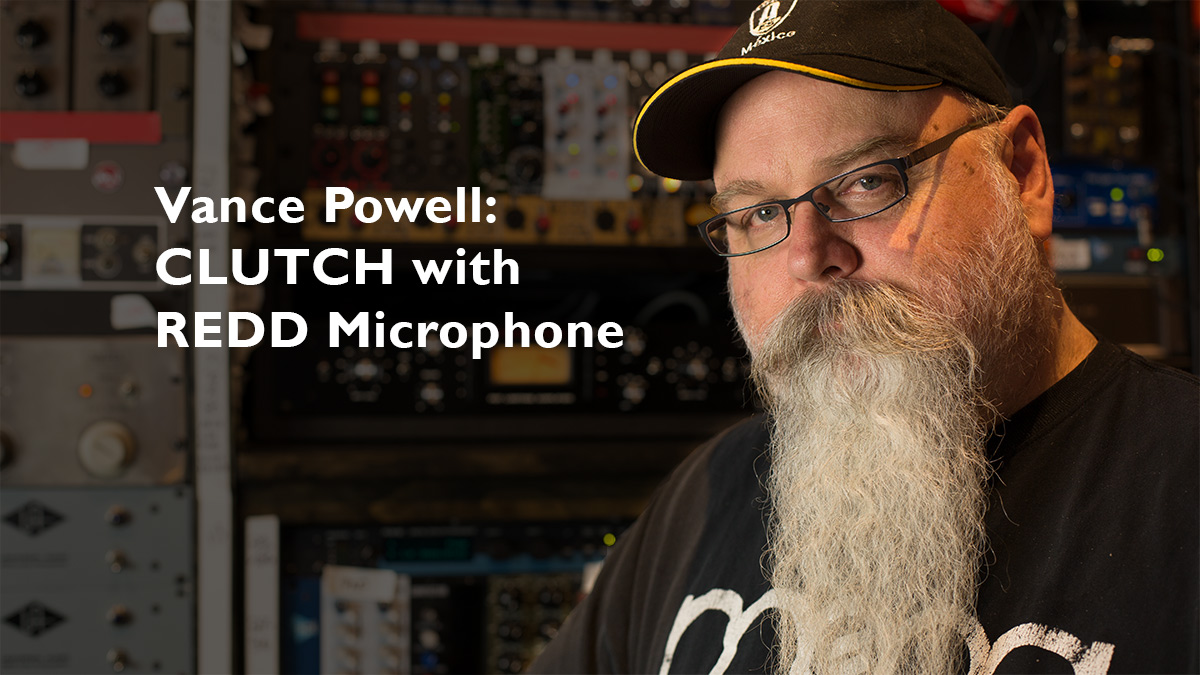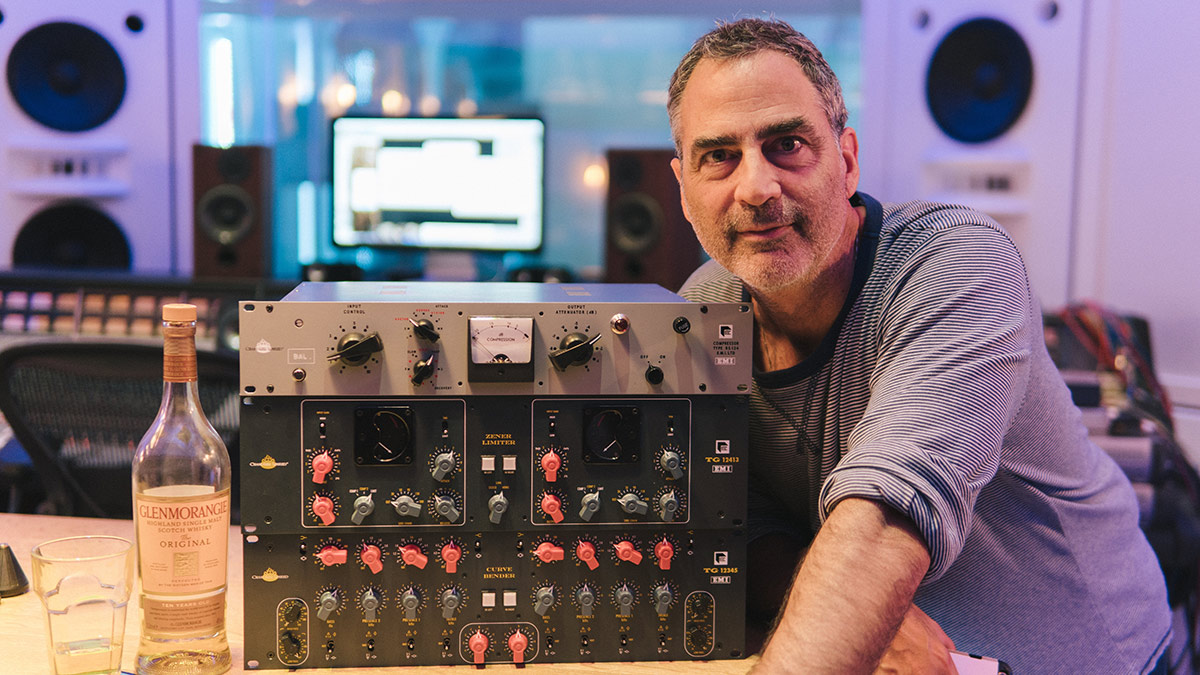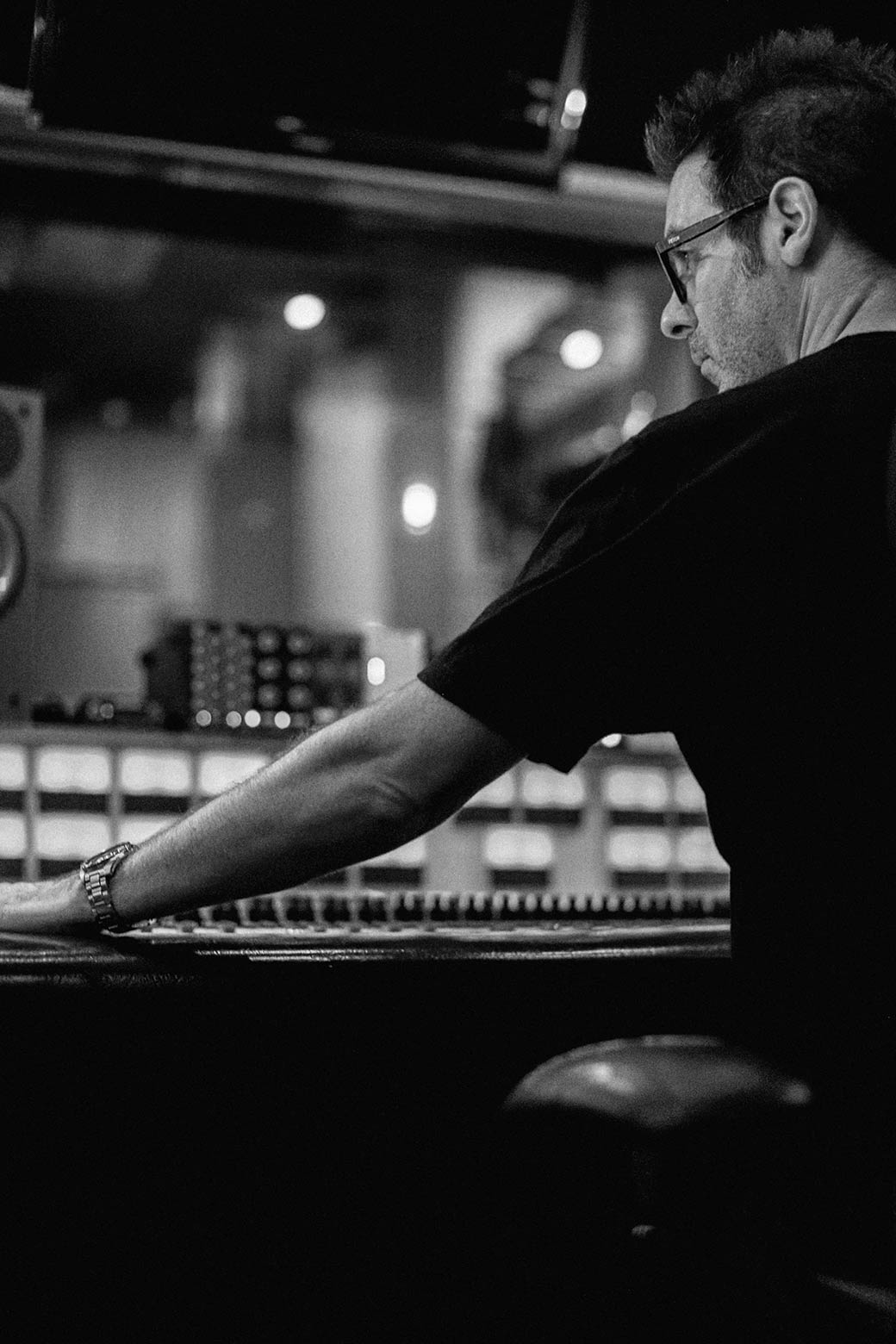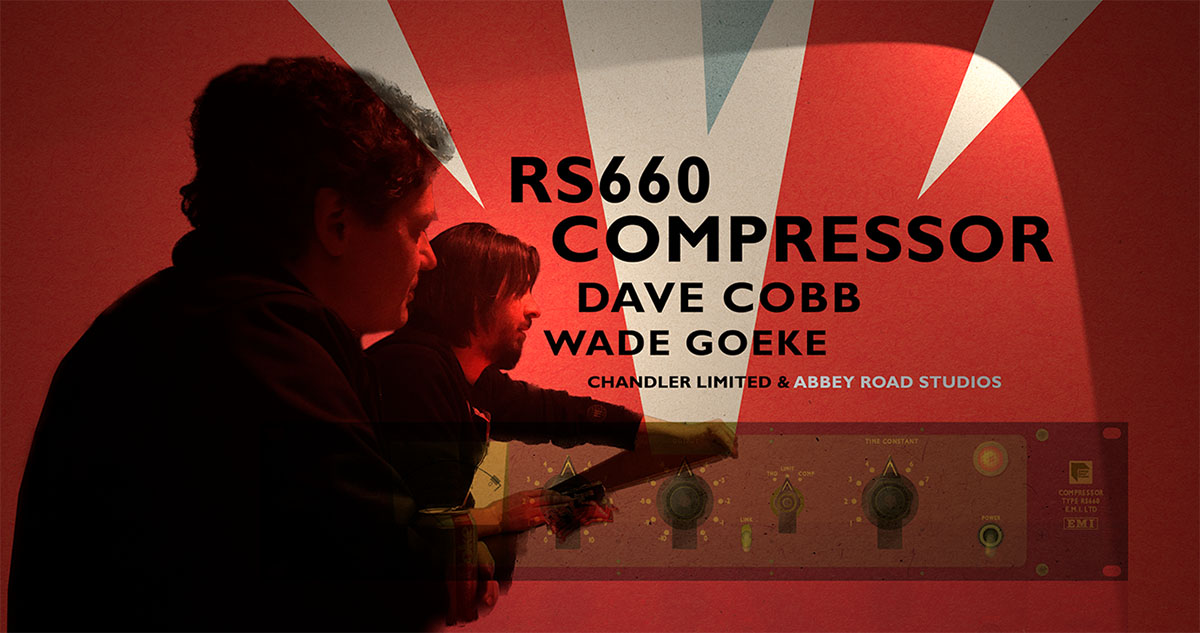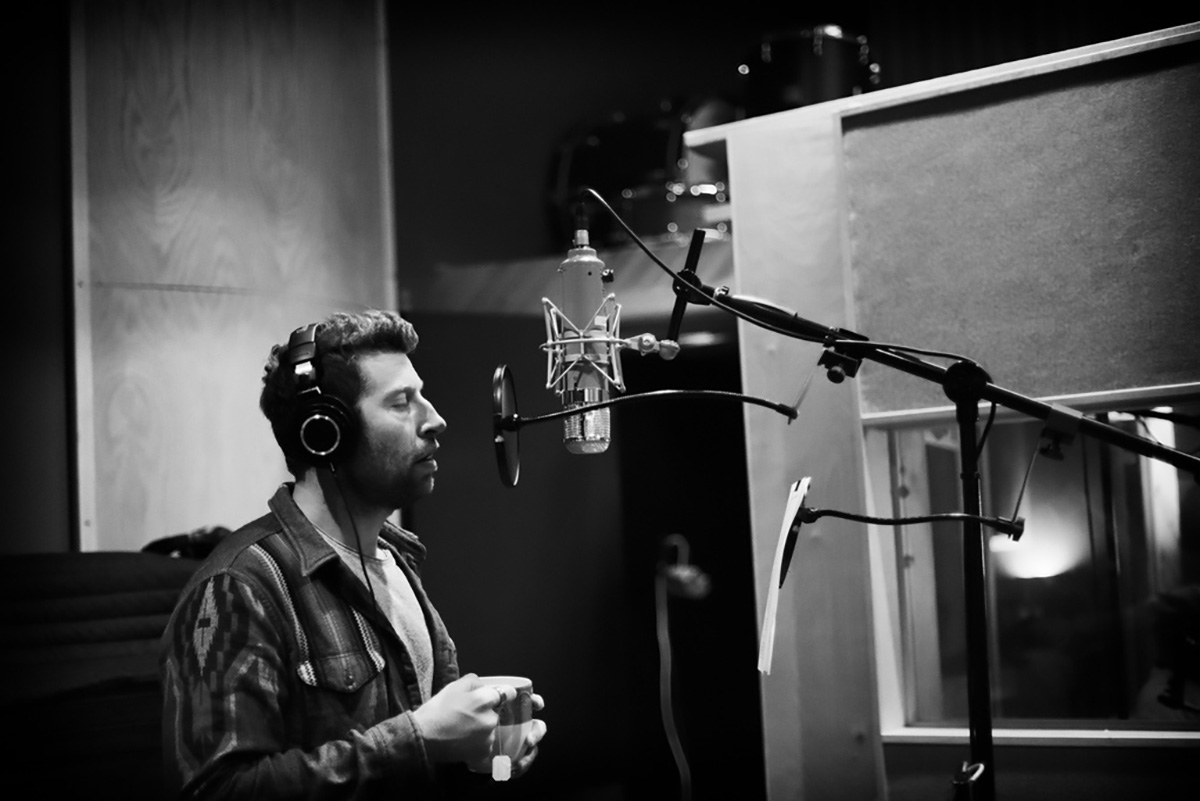Review by: Geoff Stanfield
Tape Op Magazine
January 2017, Issue No 117
The buzz on this box was unlike any I have encountered, and it was a challenge to get a review unit from Chandler due to demand. But it was well worth the wait. Chandler and its main man Wade Goeke have been producing lust-worthy, licensed versions of audio gear from EMI/Abbey Road Studios for many years. I remember coveting a friend’s Chandler TG1 Limiter [Tape Op #37] when I first heard it over a decade ago, and loving the sound it achieved on piano and drums. It was one of those pieces of gear that just imparted a vibe and emotion to the music, instead of simply being an audio utility. In my opinion, this has been the case with all of Chandler’s gear since the company’s inception. The mic preamps, dynamics processors, and EQs in the TG-series in particular are all glorious specimens in their own right, so imagine a channel strip that incorporates all three functions.
To describe it succinctly, the Chandler Limited TG Microphone Cassette is a console-style channel-strip that incorporates elements of the historic EMI TG12345 recording and mastering desks of the late ’60s and ’70s. Imagine the TG2 mic preamp [Tape Op #39, #105], the Curve Bender EQ [#115], and an “Opto” version of the TG1 Limiter [#37] assembled together in a single 2RU-height chassis. The unit is finished in the now familiar, EMI gun-metal grey, with red, black, and grey chicken-head knobs for the switches and pots. An external power supply is sold separately.
The preamp and EQ are tied together, with the preamp feeding the EQ. The compressor, on the other hand, has its own I/O, so it’s possible to use it independently. In addition, you can link the compressors of two TG units with a standard 1/4” cable for stereo use. During my evaluations with a single TG, I patched the output of the EQ to the input of the compressor with a short XLR cable, so that I could use all the functions of the whole channel strip.
I started to write a brief history of the TG12345 console and then came across this perfect and succinct bit of writing in the TG Microphone Cassette manual:
“Conceived from meetings in 1967 between Abbey Road and EMI’s Central Research Laboratories teams, the EMI TG12345 Mark I desk ushered in a sea of change in sound and flexibility at Abbey Road Studios. The new, transistorized EMI TG12345 console was modular in design, with twelve dual-channel microphone ‘cassettes.’ The TG desks featured expanded EQ, and for the first time ever, a compressor/limiter on every channel. Installed in Abbey Road’s Studio Two in November 1968 and making its debut on an 8-track recording by The Shadows, the transistorized desk marked a departure from the earlier REDD valve consoles. The EMI TG12345 desk helped shape the sound of The Beatles’ final album, Abbey Road, which was markedly richer sounding to that of the band’s earlier work. The sonic qualities of classics like “Here Comes the Sun,” “Come Together,” and “Something” would have been very different without the EMI TG12345. The desk encountered many revisions throughout the ’70s and became the main recording console used throughout the studios until 1983. The EMI TG12345 console Marks I–IV were used on everything from Pink Floyd’s The Dark Side of the Moon and Wish You Were Here, to John Lennon’s Plastic Ono Band, George Harrison’s All Things Must Pass, to epic film scores, including Raiders of the Lost Ark.”
I have to say, the TG Microphone Cassette looks, feels, and sounds great; and it does feel a bit like having a piece of Abbey Road in my studio. Chandler has done a beautiful job of recreating this piece of recording history with immaculate detail.
Looking at the sections of the TG more closely — the preamp has mic/line and DI inputs, with a stepped switch for Coarse Gain and a variable potentiometer for Fine Gain control. Overall, +70 dB of gain is available. A low-cut filter can be enabled, and it offers six fixed frequencies ranging from 33 to 110 Hz. The EQ has two shelves labeled Bass and Treble, and a semi-parametric Presence band with five frequencies ranging from 300 Hz to 6.5 kHz. An output attenuator at the EQ allows you to drive the preamp and EQ hard, and then turn down the output — a similar action to moving the channel fader down on a console. The compressor has the standard controls for attack and release time, as well as a switch for soft/hard knee and a pot for makeup gain. A knob labeled Hold is also included, and its operating manner is not what you might expect; I’ll get to that later.
The original TG1 compressor was meant to exist in the same sonic realm as the variable-mu Fairchild 660/670 and EMI RS124. EMI engineers had experimented with using opto-based gain cells in their compressor designs, but these prototypes were never put into production. The “TG1 Opto” is the first implementation of an opto cell in a Chandler EMI product. Because of this, the compressor in the TG Microphone Cassette has its own unique onset and release characteristics. I love the sound of the TG1, and it would have been a welcomed integration, but the opto version in this channel strip is equally impressive and useful.
One interesting feature of this compressor is the ability to set the desired dynamic range, using the aforementioned Hold knob. This should not be confused with the “hold” time-constant control on a more typical compressor, or even the “hold” function on the EMI RS124, which prevents the compressor from recovering after clamping down on a signal. On the TG1 Opto, Hold moves the meter needle into position, allowing you to see and set the desired compression “base line” before sending signal to the circuit. Setting the compression amount this way was a little odd at first, but once I got my head around what I was seeing versus what I was hearing, it became a non-issue. I was soon appreciating how highly useable and addicting this sound-shaping tool can be, both for recording and mixing.
Starting with a few recommendations for settings from Chandler’s Adam Fiori, I tracked my Gibson Dove acoustic guitar to a simple drum-machine groove, using a Royer R‑122 MKII active ribbon mic [Tape Op #113] feeding the TG Microphone Cassette. This was the kind of a situation that reminds you how experience and great tools can make the job easy. Even with the EQ set flat, there was a nice shimmer to the tone. Glossy, high-quality, cultured butter may be a decent way to describe it. Straight into the DAW from the TG, the guitar track simply sounded finished, with just the right amount of compression and sheen.
Bass direct was also a snap to record, and it too sounded great. I plugged my ’73 Fender P-Bass into the front-panel 1/4” jack; dialed in the right combination of Coarse and Fine Gain for a touch of grit; set the compressor for just enough reduction to lock the performance into place; added a little bump of Presence at 1.2 kHz so the instrument would poke through the mix; and started recording. The resultant sound was sublime, and I could truly appreciate how the TG falls nicely into a place between simple and well-appointed, without being difficult to use. Screwing around with gear is not what I want to be doing mid-session. Optimally, I want great results with personality, and I don’t want to spend a bunch of time getting there. The TG delivers in this regard.
I also used the TG Microphone Cassette to record guitars, bass, keys, and vocals on a track by Los Angeles artist Blake Hazard. It was a last minute, “can you do this yesterday” request, and we had to work quickly. In almost any other case, I would have patched in gear which I already had a history with, so that I could achieve a desired result without fussing around. But even after my short time with the TG, I felt comfortable and confident trusting it, and I was not disappointed. The unit clearly has a sound and feeling all its own, and it contributed to the performances in a positive way.
There were some soft-synths on my iPad I wanted to use, and plugging the iPad into the TG Microphone Cassette‘s DI input immediately beefed up the tone. Utilizing the entire channel strip really took it to the next level. Adding some harmonic grit to the otherwise anemic iPad sounds and dialing back some of the hardness of the highs with the TG‘s analog processing made the iPad sounds quite usable. This may seem like a small or unusual application for such a serious piece of gear like the TG, but when you can turn $10 iPad synth apps into useable instruments, it becomes an appreciable “value add” situation.
My favorite application for the TG Microphone Cassette was on electric guitar. I loved roughing in levels with the Coarse Gain control and then adding some extra special magic dust to the signal with Fine Gain. You can get the box to distort in a cool way, or you can just tickle the hairs of a wild boar to have the guitar knit right into the mix. Also, the EQ was colorful, and it was a snap to dial in tones ranging from “sit in the mix” to more extreme treatments. If you like the sound of John Lennon’s electric guitar on later Beatles recordings, try plugging straight into the unit via the DI and cranking up the gain to desired effect. With a little tweaking of the compressor and EQ, I was able to achieve a sound reminiscent of some of my favorite Lennon guitar tones.
The TG Microphone Cassette is one of those pieces of gear you will return to again and again — and fall in love with for many recording and mixing duties. It definitely has a “sound” of its own that adds to the creative process. Those technicians at EMI were onto something special many decades ago, and we can thank Wade Goeke and his team at Chandler for making these designs available to us today. Given its price, the TG is not an entry-level device, nor is it intended to be. But given its sound, build-quality, and features, it is an incredible value. If you want to put your hands on a piece of gear that will serve you dutifully for years to come, for a wide range of recording and mixing applications, the Chandler Limited TG Microphone Cassette should be on your short list.
($2849 street; www.chandlerlimited.com)
–GS

